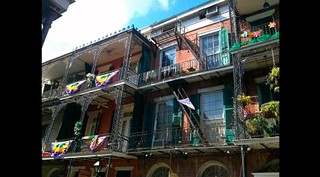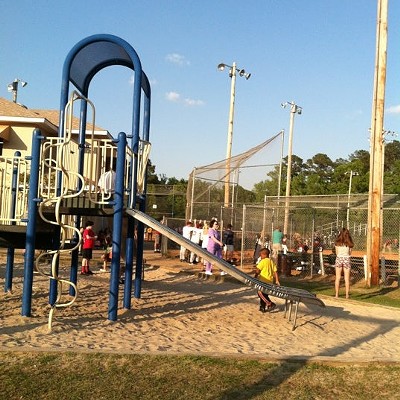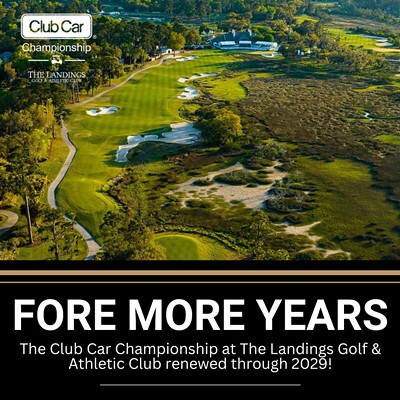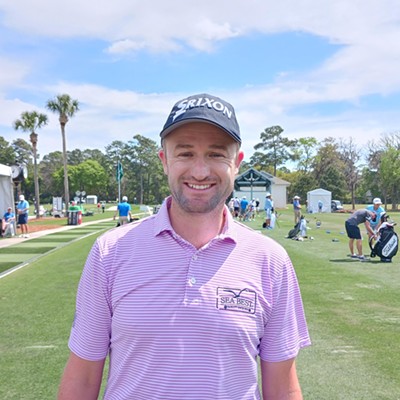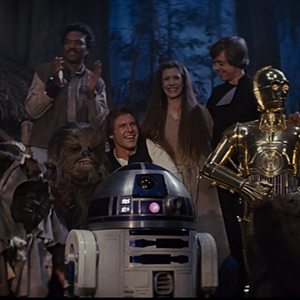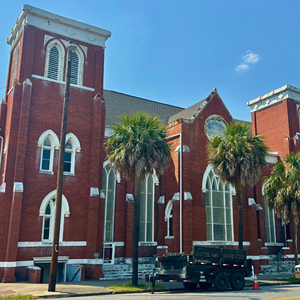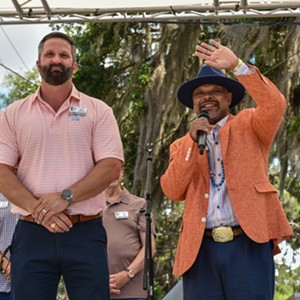I don’t know who these people are that believe people in New Orleans are just sittin’ on their butts. They’re clearly people sittin’ on their butts watching the news and they’ve never been down here seeing people work every day.
— Vera Triplett, Gentilly Civic Improvement Association, as quoted in The Big Uneasy
I HAD BEEN TO NEW ORLEANS a couple of times previously when I was a good bit younger, and certainly well before Katrina. I recently corrected that oversight by taking a fun road trip back to the Big Easy.
As a bonus I came away with a couple of unexpected epiphanies about how the media distorts reality:
1) The Mississippi Gulf Coast really was nearly annihilated by Katrina. I was stunned by the miles of devastation, still visible almost six years later. It’s unfortunate but sadly predictable that Mississippi’s plight would be so overlooked by the national media.
2) On the other hand — and more relevant to this column — New Orleans is absolutely thriving. Again the media stereotype fails.
Let me stop you in mid–thought: No, I don’t just mean it was busy in the French Quarter.
My wife and I went all around NOLA, by foot and by car and by St. Charles Avenue streetcar. Even in predominantly residential areas off the usual tourist path, locals as well as visitors were out in large numbers patronizing shops, bars, galleries, and restaurants.
(And all in record triple–digit heat!)
It was quite simply one of the most exhilarating urban experiences I’ve had, domestic or foreign, and an experience completely to the contrary of the national media portrayal of New Orleans as desolate, dangerous, and barely hanging on by a thread.
No doubt there is still suffering. You can see that by the half–vacant low–income neighborhoods, some homes still bearing the now–familiar red FEMA markings.
You can see that by the apocalyptic vision of east New Orleans off I–10, with its deserted subdivisions and the rusted rollercoaster of the abandoned, zombified Six Flags.
But overall, post–Katrina New Orleans is a very active and eclectic city that works, lives, and parties in real time. It’s not a show for the cameras. If anything, the media’s cameras seem to specifically not want to show this inspiring example of resilience and resourcefulness.
What agenda is served by this disinformation? Is it simply the usual anti–Southern bias of the coastal media elites — the same bias that makes a fire threatening a dozen celebrity homes in Malibu the lead story on the evening news while a much larger fire in the Okefenokee doesn’t even register?
Or is it an agenda which is threatened by the image of an urban center with a diverse population showing strength and self–sufficiency?
In any case, New Orleans has lessons to teach any American city, including our own (though one certainly hopes that a disastrous flood covering 80 percent of Savannah won’t be required to gain the civic confidence we need).
Everything you say you like about Savannah — architecture, to–go cups, hospitality, history, to–go cups — is in New Orleans, except more of it. Did I mention to–go cups?
And despite the stereotypes, New Orleans also has lots of what we say we want more of in Savannah: a progressive, pragmatic urban philosophy. The key is that New Orleans’ progressive urban components flow naturally from the city’s indigenous culture and history.
The previously mentioned St. Charles Avenue Streetcar, for example, isn’t just a cute tourist attraction. It’s the oldest surviving streetcar line in America. Despite the nostalgic handsomeness of the vintage cars, the vehicles as well as their extensive routes are eminently practical for those who use them every day.
Another example is the city’s hospitality to live music. That’s a no–brainer in the case of New Orleans, the birthplace of American music, but as we’ve seen, politicians rarely recognize a no–brainer when they see one.
Post-Katrina, the bulk of New Orleans live music happens on several blocks of Frenchmen Street just east of the French Quarter. The area is a magnet for music fans, and the local tradition of bands passing around a bucket means there’s almost never a cover charge.
This also means A) you can enjoy as much music as you’d like, B) the bands probably make more this way than they could by getting a cut of the cover of a diminished crowd, C) the bars see more money spent on booze, and D) cops aren’t hanging around the doors with noise meters waiting to shut the music down.
How often do we come across a similar win/win/win/win situation here? Do you get the feeling that in Savannah there always has to be a loser? Have we resigned ourselves to that?
The point isn’t that we should imitate New Orleans move for move. I’m not sure even Savannah is ready for Rite-Aids and Walgreens with full selections of hard liquor!
The point is that instead of desperately searching for magic bullet solutions (cruise ships!) and letting meddling politicians screw up everything they touch (bar cards!), Savannah should let its own indigenous culture determine the face we present to the world.
For a closer look at what makes New Orleans tick these days, check out this Saturday’s screening of the Harry Shearer–produced documentary The Big Uneasy at the Lucas.
Brought to town by the Psychotronic Film Series, The Big Uneasy focuses on the aftermath of the massive flooding catastrophe caused directly by the failure of U.S. Army Corps of Engineers projects, and the ensuing struggle to hold the Corps accountable.
Interspersed throughout are vignettes reflecting the city’s renaissance — not just a hope for the future, but a confidence in the present.
(For an excellent, must-read, full–length interview with Mr. Shearer himself — who has taped a special intro to the movie just for Saturday’s screening — see this week’s story by Bill DeYoung.)
The film is especially timely given that Savannah has put all its eggs in the harbor deepening basket, a project whose potential effects — perhaps including the destruction of our source of drinking water — the Corps of Engineers promises can be “mitigated.”
Sound familiar? New Orleans doesn’t trust the Corps anymore. Should Savannah?
That said, the real lesson is that New Orleans proves that culture is more important than politics, and cultural strength is the greatest indicator of a city’s long–term success.
It’s a lesson Savannah now more than ever needs to keep in mind.
That, and the to–go cups. Don’t forget the to–go cups!

